In the circuit shown, the current through the 4Q resistor is 1 A when the points P and M are connected to a d.c. voltage source. The potential difference between the points M and N is :

0.5 V
3.2 V
1.5 V
1.0 V.
The correct Answer is:B
Given current through 4Ω resistance is 1A, so P.D. across upper Branch i.e. P.O. between P and M is 4V. Hence P.O. between M & N is
11+0.25×4=3.2V
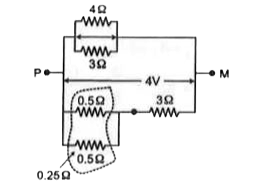
Topper's Solved these Questions
- CURRENT ELECTRICITYBOOK - MODERN PUBLICATIONCHAPTER - CURRENT ELECTRICITYEXERCISE - MULTIPLE CHOICE QUESTIONS ( LEVEL-II)
54 Videos
- CURRENT ELECTRICITYBOOK - MODERN PUBLICATIONCHAPTER - CURRENT ELECTRICITYEXERCISE - MULTIPLE CHOICE QUESTIONS (PARAGRAPH QUESTIONS)
2 Videos
- ATOMS, MOLECULES AND NUCLEIBOOK - MODERN PUBLICATIONCHAPTER - ATOMS, MOLECULES AND NUCLEIEXERCISE - Recent Competitive Questions
40 Videos
- DESCRIPTION OF MOTION IN ONE DIMENSION BOOK - MODERN PUBLICATIONCHAPTER - DESCRIPTION OF MOTION IN ONE DIMENSION EXERCISE - Revision Test
45 Videos
Similar Questions
In the circuit shown, the current through the 4Ω resistors is 1amp when the points P and M are connected to a dc voltage source. The potential difference between the points M and N is.
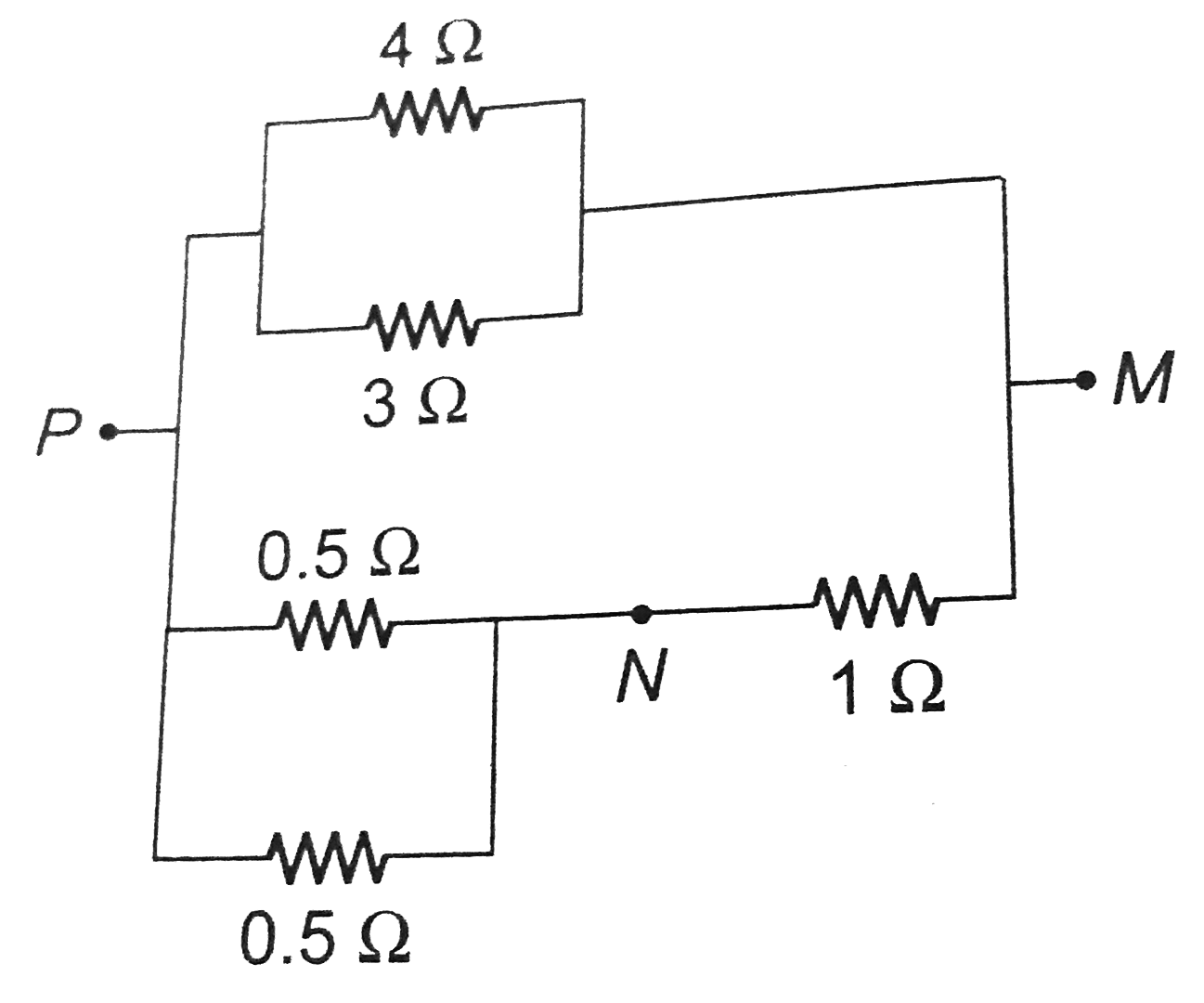 .
.
View SolutionIn the circuit shown, a potential difference of 60 V is applied across AB. The potential difference between the points M and N is

View Solution
Knowledge Check
In the circuit shown, the current through the 4Ω resistors is 1amp when the points P and M are connected to a dc voltage source. The potential difference between the points M and N is.
 .A0.5 VB3.2 VC1.5 VD1.0 V
.A0.5 VB3.2 VC1.5 VD1.0 VIn the circuit shown, a potential difference of 60V is applied across AB. The potential difference between the point M and N is
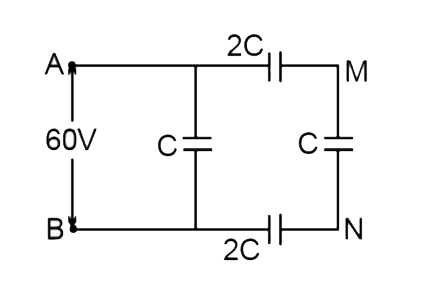 A10 VB15 VC20 VD30 V
A10 VB15 VC20 VD30 VIn the circuit shown, a potential difference of 60V is applied acrodd.AB. The potential difference between the point M and N is-
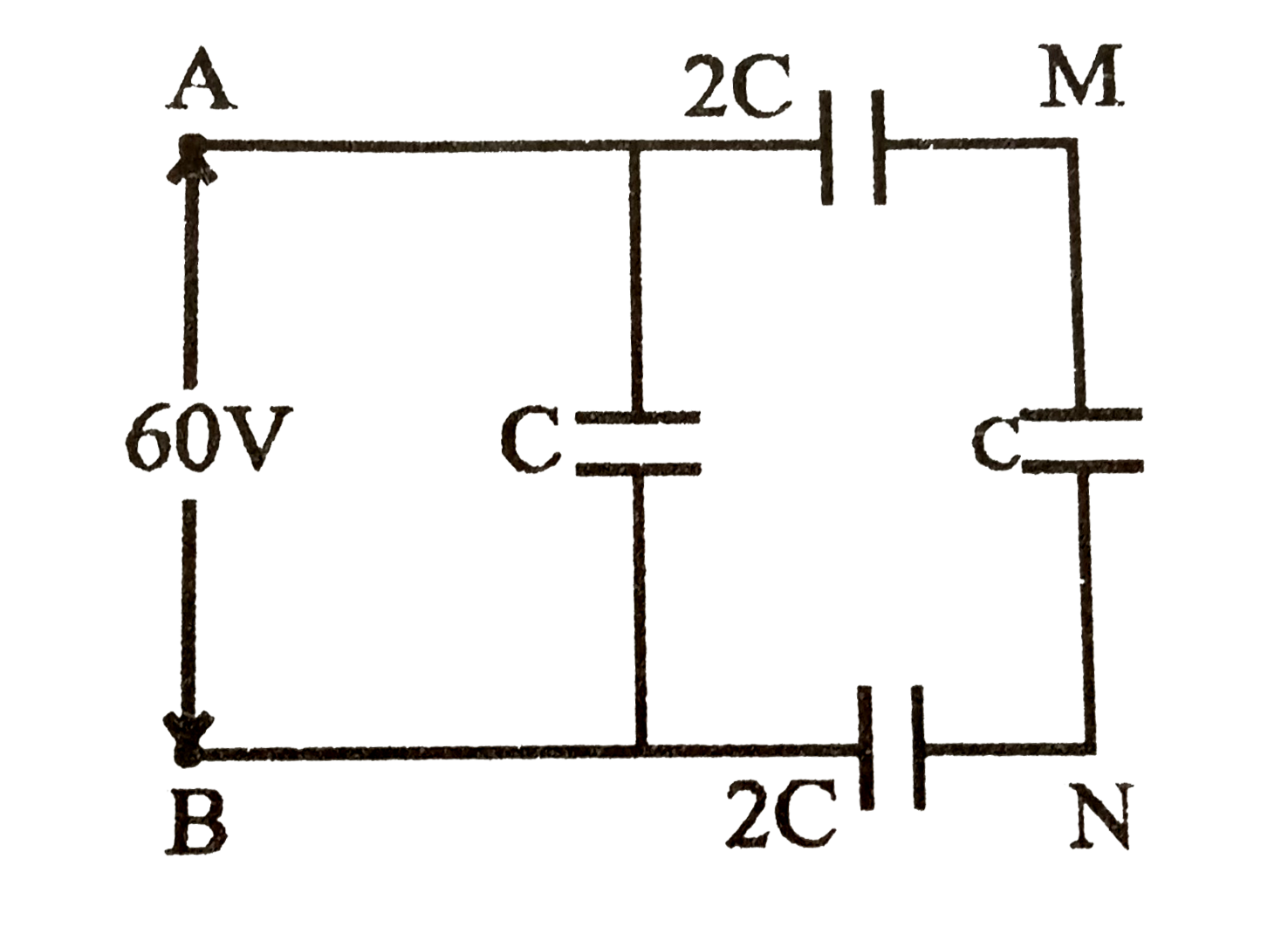 A10VB15C20VD30V
A10VB15C20VD30V
In the circuit shown as potential difference of 60V is appliled across AB. The potential difference between the points M and N is
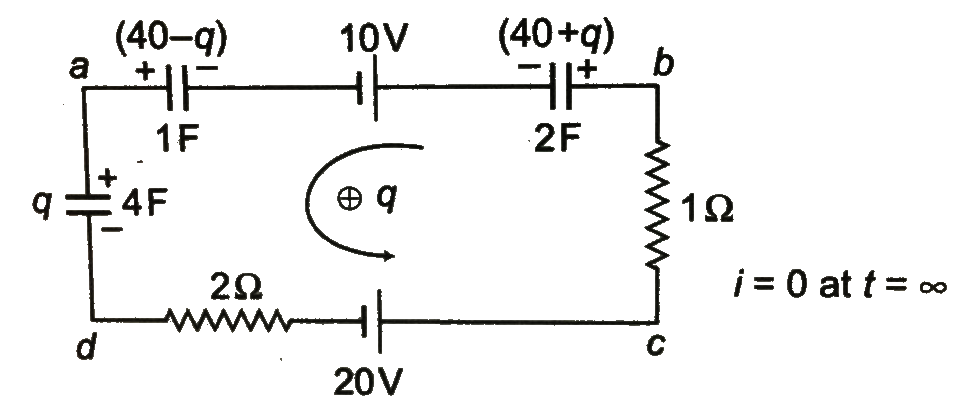
View SolutionThe potential difference between the points P and Q in the adjoining circuit will be-
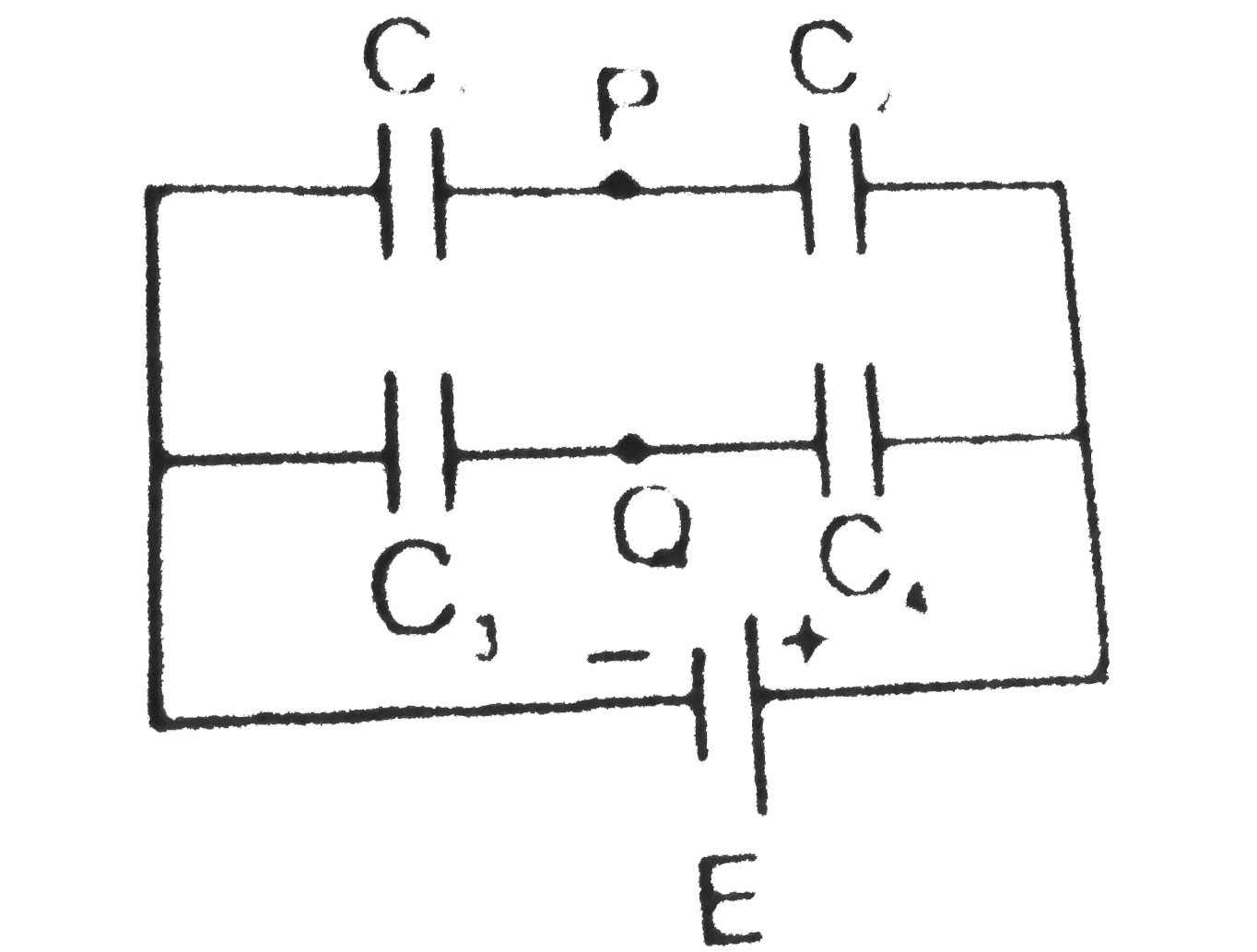
View SolutionIn the circuit shown in the figure, the value of Resistance X, when potential difference between the point B and D is zero will be
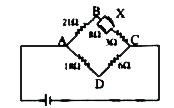
View SolutionThe potential difference between the points P and Q in the adjoining circuit will be-

View SolutionIn the circuit it shown in the figure, the value of Resistance X, when potential difference between the points B and D is zero will be
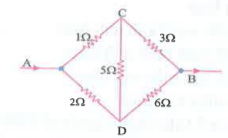
View Solution
